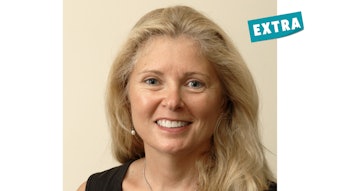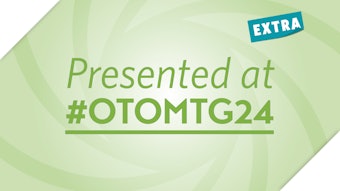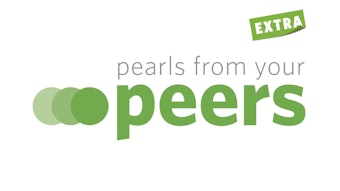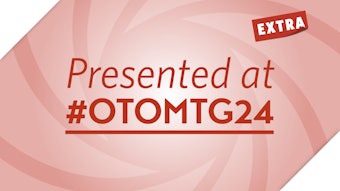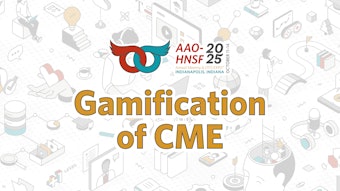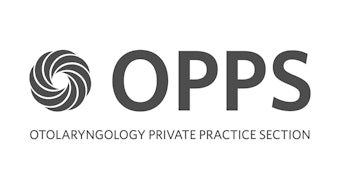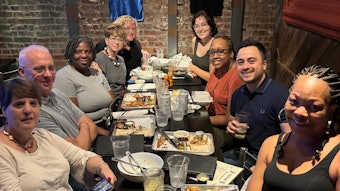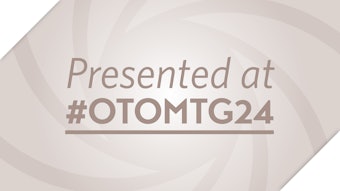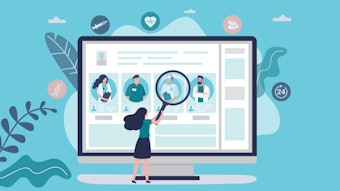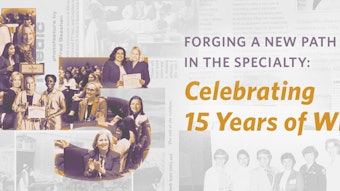I Use AI
Allow yourself more time for critical thinking by making room for the efficiencies of artificial intelligence in your workflow.
(*See author’s disclosures at the end of this article.)
 Rahul K. Shah, MD, MBA,
Rahul K. Shah, MD, MBA,
AAO-HNS/F Executive Vice President and CEO
Perhaps the juxtaposition of the words "artificial" and "intelligence" creates discord. To me, there is great harmony in how I have integrated AI into my work for the past 18 months. When OpenAI released its public model, ChatGPT, in November 2022, I began exploring its potential. Since that day, I have methodically read, researched, tested, and incorporated AI into my workflows. I routinely use AI to review reports, spreadsheets, and PowerPoint presentations, generate images for my work, and much more. The use cases are numerous and growing. AI is wrong at times—sometimes quite wrong; the beauty is that as a critical thinker, one can distinguish between an AI hallucination and fact. By all means, AI is not the panacea nor sole truth.
As a teenager and college student, I remember reading the "Dummy" series of books to guide novice technology learners. (Yes, I read DOS for Dummies in 1991.) And like my quest to absorb information back then, the same holds true today, more than 30 years later. I haven't embarked upon my AI journey without thorough preparation; I am always reading a book about AI, technology, or innovation. I implore you to challenge me next time we meet and ask what book I'm reading. It is from these readings and those in the business and management literature (particularly Harvard Business Review's excellent articles about AI integration into business practices) that I have been able to apply AI effectively at the Academy.
My favorite AI tool is Claude from Anthropic. The power is staggering:
- Claude helped the Academy hire our inaugural Chief Revenue and Operating Officer. Together, we spent hours crafting a job description, examining best practices, understanding "must-haves" for the candidate, and refining performance metrics. What would have taken about 40 hours in a pre-Claude era was accomplished in a single, three- to four-hour session.
- Before a crucial meeting on our social media strategy, I invested several hours with Claude analyzing market dynamics, total addressable market, best practices, pitfalls, and potential risks. This preparation elevated our entire discussion.
- I openly acknowledge using AI as a thought partner. Gasp! Yes, I use AI. With sophisticated queries, you can engage in meaningful discussions that generate fast, fresh, thought-provoking ideas that challenge assumptions.
- Many of my email correspondences (about 30%), particularly external communications beyond routine responses, are vetted through Claude. Others have noticed and commented on how my communications have become warmer, more empathetic, and provide deeper context. Perhaps when I write, I presume context; Claude helps ensure it comes through clearly.
- As an avid investor (the term "hobby investor" doesn't do justice to my passion), I was astonished when Claude calculated my portfolio’s alpha, and beta, and engaged in sophisticated investment discussions. My wife witnessed our exchange and was amazed by the accurate, in-depth analysis. This experience marked my inflection point for AI adoption.
The key to working with AI is understanding how to query the tool. I'm not an expert; I'm barely past a novice. However, my passion drives me to learn. Consider this evolution in prompting sophistication. A few months ago, I might have asked Claude, "Present a strategic plan for our specialty" or "What components should be in our strategic plan?" Now, I understand the value of detailed context, such as the following:
"As the new EVP/CEO of a professional medical society with 15,000 members since December, we have an in-person strategic planning session to develop the society's strategic plan for the next five years. I need to reflect both internal staff and external perspectives (members, medicine, community, legislative) in this plan. What considerations should I research before the session? What emerging areas do you foresee in the next five to 15 years that medical societies must prepare for, both defensively and opportunistically? I want to ensure our fiduciary duty while being aggressive as a specialty, body of medicine, and in my leadership style."
The sophistication of the prompt yields correspondingly sophisticated output. Remember: garbage in, garbage out.
A key business leader recently suggested that AI will eventually handle 90% of our current tasks; the remaining 10% will require our critical thinking. Organizations will compete on that 10% as AI adoption becomes universal. It's this crucial 10% that I'm preparing our Academy to analyze and evaluate critically.
I'm not advocating for any particular tool: ChatGPT, Perplexity, Gemini, Claude, or others. You'll find what works for you. I prefer to focus my energy on the differentiating 10% rather than the 90% of routine tasks that AI can assist with.
At a recent staff meeting, I presented our Academy workforce makeup: full-time employees, part-time employees, virtual and hybrid employees, temporary employees, contract employees, outsourced employees, consultants... and AI tools. I encouraged everyone to explore how AI could enhance their efficiency and value to members. Our recent migration to HubSpot demonstrates this potential; their AI tools have already delivered immediate value to our Communications Business Unit.
I implore you to consider integrating AI into your practice and workflows. It's always Day One at the Academy, and we must ensure your Academy remains contemporary and efficient and increases member value each and every day. This is why I use AI.
Disclaimer: This column was crafted in collaboration with Claude, alongside Word, my laptop, and various other technologies.
